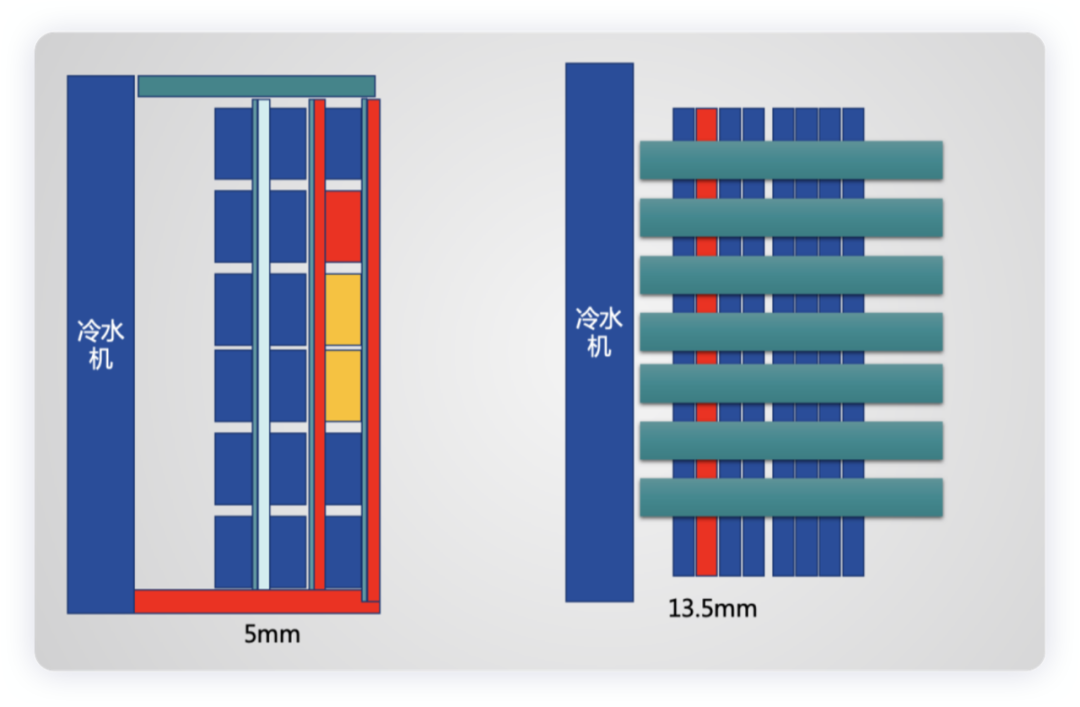Author: Zhu Yulong
The speed at which Uncle Monro is disassembling the 4680 battery pack is clearly slower than before. He has just blown off some of the glue to reveal the module. Based on the current disassembly information, the 4680 battery pack has 204 module cells arranged in 34 cells in 6 columns. Therefore, the entire pack has a total of 816 cells. Combining this with the previous information, we see that the batteries are all supported by a single plastic support component.
Regarding the 4680 battery:
-
In the event of thermal runaway, the battery sprays downwards. Both top and bottom layers are isolated using fire-resistant materials. Mica is mostly found at the bottom, while a compound material is used to make the top grid.
-
The 4680 battery is still striving for manufacturability. This machining process consists of suspending four modules inside.
-
In terms of Z-axis utilization, we have also discussed a lot. Currently, 4680 is a compromise between volume and safety, with much less folding than in China.

Battery module design
In Tesla’s current 4680 battery design, each 4680 cell is arranged on a black plastic compartment. This plastic rack is a single unit that provides each cell with its own positioning space and keeps two cells at a certain distance, and then fills in the gap by injecting glue later.

If we abstractly look at the layout of 4680 in the Z direction, it is:
-
The bottom layer is the lower enclosure and some battery bottom guard plates, which are mechanically connected using bolts. The necessity of protecting the space at the bottom was revealed in the Lin Zhiying accident.
-
A large part of the 4680 module is fixed using red polyurethane conductive adhesive. According to reports, Tesla has selected multiple suppliers worldwide for this purpose, with two suppliers per region.

With this design, the 4680 batteries are integrated with the lower housing in a honeycomb-like structure.
From the perspective of structural design, the 4680 battery pack adopts the potting design method. The thermal conductive structural glue is used to bond and solidify all the components of the battery system, including the lower case, battery cells, upper case, and all other parts. This design is actually consistent with the idea of Porsche’s earliest battery system, which is to ensure the high strength of the battery shell. If the battery is well protected and has very good mechanical performance, we don’t need to consider too much, and can simplify the design of the entire vehicle by treating it as a structural component.
Note that here we hope to consider designing the battery as part of the power transmission.

Differences between 4680 and Kirin Blade Designs
As the battery system design is rolled out to the next stage, the way in which power is transmitted within the battery system, or even directly involving the battery as a structural component, is becoming more direct. Five years ago, our design philosophy was that the battery was as delicate as a baby and needed a strong shell to prevent it from being crushed (the crush test was to design a strong shell to withstand 100kN of force).
Now, as we delve deeper into the design, we rely on water-cooled plates (Kirin blades) or the battery shell itself to directly bear this force.

This means not only can we compare this design concept from multiple dimensions such as capacity, volume layout efficiency, mechanical structure, and water cooling, but also the speed of iteration of the battery cells must be taken into account.

Conclusion: In my understanding, future battery packs cannot be repaired. It depends on whether the PPM of the battery cells can be produced to the limit. This completely determines whether the structural CTC should be made. If there is no reliable partner for the battery cells, there will be no qualifications to participate in this competition. If the battery cell defects are significant, the entire design is a big pit that we have dug for ourselves.
This article is a translation by ChatGPT of a Chinese report from 42HOW. If you have any questions about it, please email bd@42how.com.
